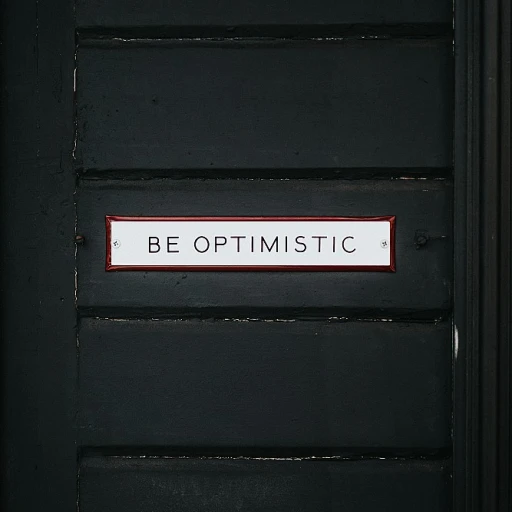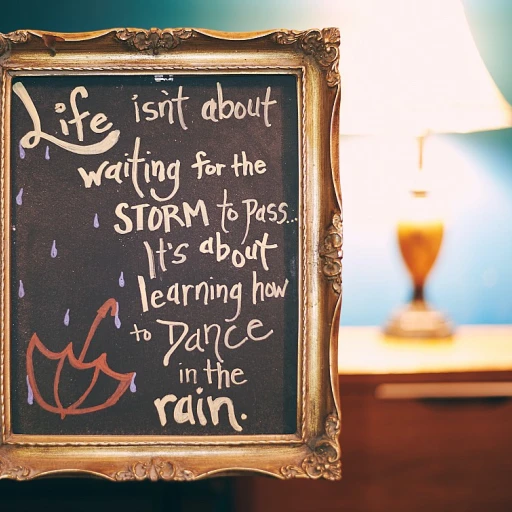
Understanding the Role of Team Building in Employee Engagement
Recognizing the Significance of Team Building in Fostering Engagement
Team building plays a pivotal role in enhancing employee engagement by fostering a sense of unity and collaboration among team members. In today's dynamic work environment, where teams often comprise diverse individuals working in virtual or in-person settings, creating an environment that promotes teamwork and communication is crucial. Team building activities are designed to strengthen the interpersonal skills that are vital for effective collaboration. Whether held in-person or through virtual platforms, these activities help in nurturing communication skills, encouraging creative thinking, and promoting problem solving abilities within the group. Such programs aim to bring out the best in every team member, establishing a foundation for sustained engagement. Regularly participating in these activities allows individuals to bond and understand the collective purpose of their team, leading to more cohesive work dynamics. When employees are engaged, they are more likely to apply their skills actively, contribute ideas, and participate in group tasks, all of which are essential for organizational success. Understanding the role of team building in employee engagement is not just about organizing fun events or a one-time exercise. It is about creating deliberate opportunities where collaboration becomes second nature to the participants. As teams navigate through different challenges, the communication skills and the camaraderie built during these sessions prove invaluable. To dive deeper into how engaging activities can enhance team dynamics, explore more insights here.Key Elements of Successful Team Building Training
Vital Ingredients for Effective Team Development Activities
Creating a successful training program is essential when aiming to foster employee engagement through team cohesion. By focusing on crucial elements, organizations can effectively nurture communication skills and problem-solving abilities within their teams. Furthermore, understanding and implementing these key components ensures that team building training yields the desired results.- Setting clear objectives: A successful team building exercise requires the identification of specific goals and objectives. Clearly defined intentions help team participants understand the purpose and what is expected from their involvement.
- Tailoring activities to the team: Customizing activities to suit the group size and the unique dynamics of the team is critical. The best team building programs cater not only to in-person teams, but also consider virtual formats, ensuring that all members remain engaged regardless of their location.
- Fostering communication and collaboration: Building a strong foundation of communication skills is integral to any team building activity. By creating scenarios where team members must work together to solve challenges, organizations can promote both team work and effective communication.
- Striking a balance between fun and learning: While the primary goal is often skill-building, incorporating a sense of enjoyment and fun during the event keeps participants invested. Creative thinking activities and engaging exercises can stimulate a lasting positive impact on employee engagement.
- Evaluating and adapting programs: Regular assessment of team building activities allows organizations to gather valuable feedback, facilitating the refinement of training programs. This adaptive approach ensures continued success and alignment with the evolving needs of team members.
Overcoming Common Challenges in Team Building
Conquering the Obstacles in Team Training
Navigating the landscape of team building can present some notable challenges. Tackling these issues head-on with strategic planning will enhance the effectiveness of your training programs. One of the common difficulties is a mismatch in the group size. For instance, trying to conduct a personalized building activity with a large group may hinder engagement, whereas too small a group may not build communication skills effectively. Another hurdle often faced is the variance in communication preferences among team members. With some participants favoring virtual interactions over in-person meetings, it's crucial to integrate both elements into your training. This inclusivity promotes higher engagement and ensures that everyone has a chance to contribute, enhancing a group's purpose. Adjusting the time allocation for team activities can also be tricky. A team building exercise that runs for more than the optimal time frame can cause fatigue and reduce interest. Finding the perfect balance—keeping activities under 60 minutes—can maintain enthusiasm and maximize learning. Building a program that incorporates a mix of fun and challenging tasks can be effective. Encouraging creative thinking and problem solving through various activities will enhance team work. Regularly updating the content of these exercises is vital to keep the best team building approach fresh and stimulating. Moreover, establishing clear objectives for every session can go a long way. When participants understand the skills they will build, they become more invested in the process. Clear goals ensure that team members have a unified direction, fostering a sense of accomplishment at every milestone. Lastly, it's important to address any reservations about the costs associated with these initiatives. Offering a variety of programs, some of which are at a regular price point, can cater to diverse budgets. By enhancing value perception, teams can capitalize on employee engagement and fully appreciate the advantages brought by effective team building. For real-world inspiration on optimizing team communication and problem-solving activities, along with overcoming training program challenges, consider celebrating these unsung heroes within your organization.Innovative Team Building Activities for Modern Workplaces
Breakthrough Activities for Enhanced Team Dynamics
In today's rapidly changing work environment, staying ahead of the curve requires embracing both innovative and traditional team building practices. While conventional training programs play an essential role in fostering group cohesion, some creative activities have proven to bring out the best in team members, amplifying communication skills and overall team purpose. One notable trend is the incorporation of hybrid and virtual team activities. These programs are designed to accommodate various group sizes, providing flexibility in how team members participate. Virtual activities allow participants from different locations to connect in real-time, improving communication without the obstacles of physical distance. For instance, hosting a virtual escape room or a digital scavenger hunt can help to develop problem-solving skills and build the best team dynamics in a fun, engaging manner. In-person events, however, still hold immense value. Outdoor activities, such as adventure courses or team challenges, encourage participants to step outside their usual roles, fostering creative thinking and collaboration. Such building exercises not only make for an enjoyable time but also strengthen relationships among team members, boosting overall employee engagement. To ensure maximum benefit, balance is key. Combining digital interaction with face-to-face experiences creates a comprehensive training program that addresses the diverse needs of modern teams. Encouraging regular interaction via activities builds trust and camaraderie, allowing members to thrive in their respective roles and enhancing the collective strength of the group.Measuring the Impact of Team Building on Employee Engagement
Assessing the Influence of Team Building on Engagement Levels
Measuring the impact of team building on employee engagement is essential to ensure that training programs effectively foster a cohesive work environment. Quantifying this influence can enhance the strategy for future activities, ultimately benefiting the overall team dynamics. Assessing team building's effectiveness involves several dimensions:- Pre- and Post-Training Surveys: Conducting surveys before and after team building activities can provide valuable insights into participants' perceptions and the changes in their engagement levels. This method ensures direct feedback from team members regarding how activities may have improved communication skills and problem-solving abilities.
- Performance Metrics: Examining key performance indicators (KPIs) related to team productivity and output can offer quantifiable evidence of enhanced teamwork following training sessions. Increased efficiency or elevated quality of work may indicate successful team building.
- Observational Assessments: Managers and leaders observing changes in team dynamics can furnish informal, qualitative data. Noticing improvements in interactions, collaboration, and communication during team activities or regular work can highlight the training program's success.
- Employee Satisfaction Indices: Incorporating broader employee satisfaction surveys into the evaluation process can link increased job satisfaction with recent team building exercises. Enhanced employee morale is often a direct outcome of successful team building programs.
Future Trends in Team Building and Employee Engagement
Embracing Future Innovations in Team Building
As workplaces continue to evolve, the approach to team building must also adapt to meet modern demands. A significant trend is the integration of technology in both virtual and in-person team events, allowing team members to engage and collaborate effectively, regardless of location. With remote work becoming more prevalent, virtual team building activities offer a seamless way to maintain a cohesive work atmosphere. Technologies such as virtual reality (VR) are now being explored as a means to provide immersive experiences that can foster team engagement in a way traditional methods cannot.
Moreover, the focus on creating personalized team building programs tailored to specific team needs and dynamics is gaining traction. This customization allows participants to engage in activities that directly enhance relevant skills, such as creative thinking and problem-solving, helping to build communication skills specific to their roles.
There is also a rising emphasis on sustainability and inclusivity within team building activities. Organizations are seeking to incorporate environmentally friendly practices while ensuring activities are accessible to all team members, respecting diverse needs and preferences.
- Hybrid Models: Many companies are adopting hybrid models that combine physical building exercises with digital platforms, providing flexibility and inclusivity. This approach can address varied group sizes and preferences, ensuring all team members can participate in meaningful ways.
- Agile Adaptations: Future team building will likely focus on agile adaptations, allowing teams to quickly pivot and leverage both new tools and evolving team dynamics from previous sessions. This helps cultivate an environment where continuous improvement is a given.
Overall, future trends in team building point to a more dynamic, inclusive, and technology-driven landscape, but the ultimate goal remains consistent: to enhance employee engagement, cohesion, and team purpose. By embracing these trends, organizations can create a vibrant culture that champions team work and collaboration.













